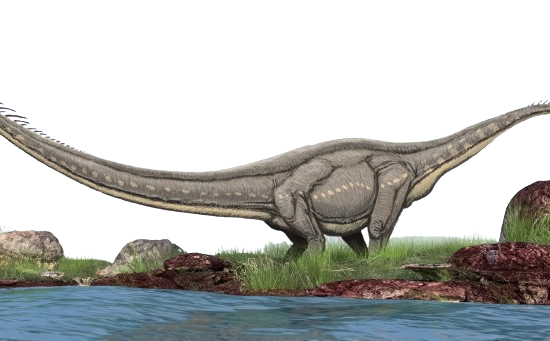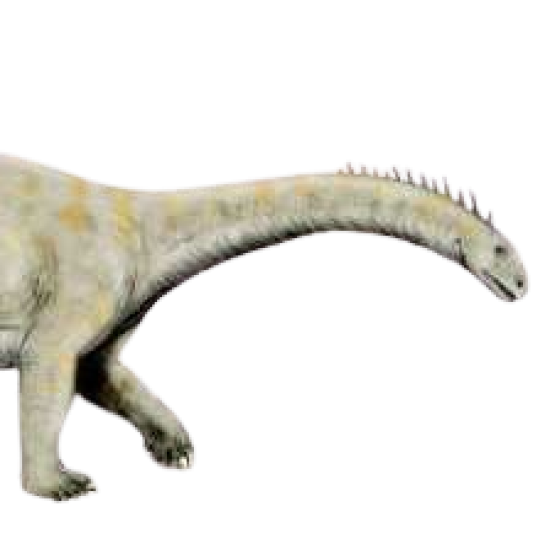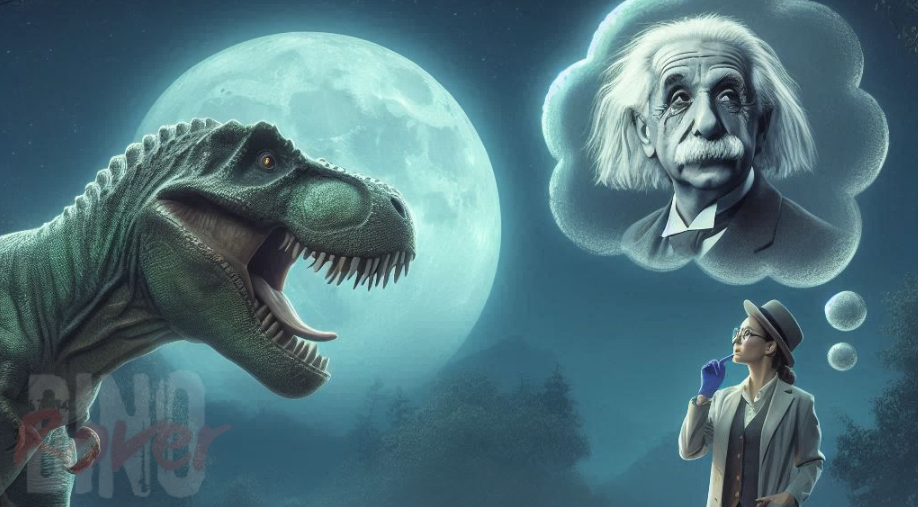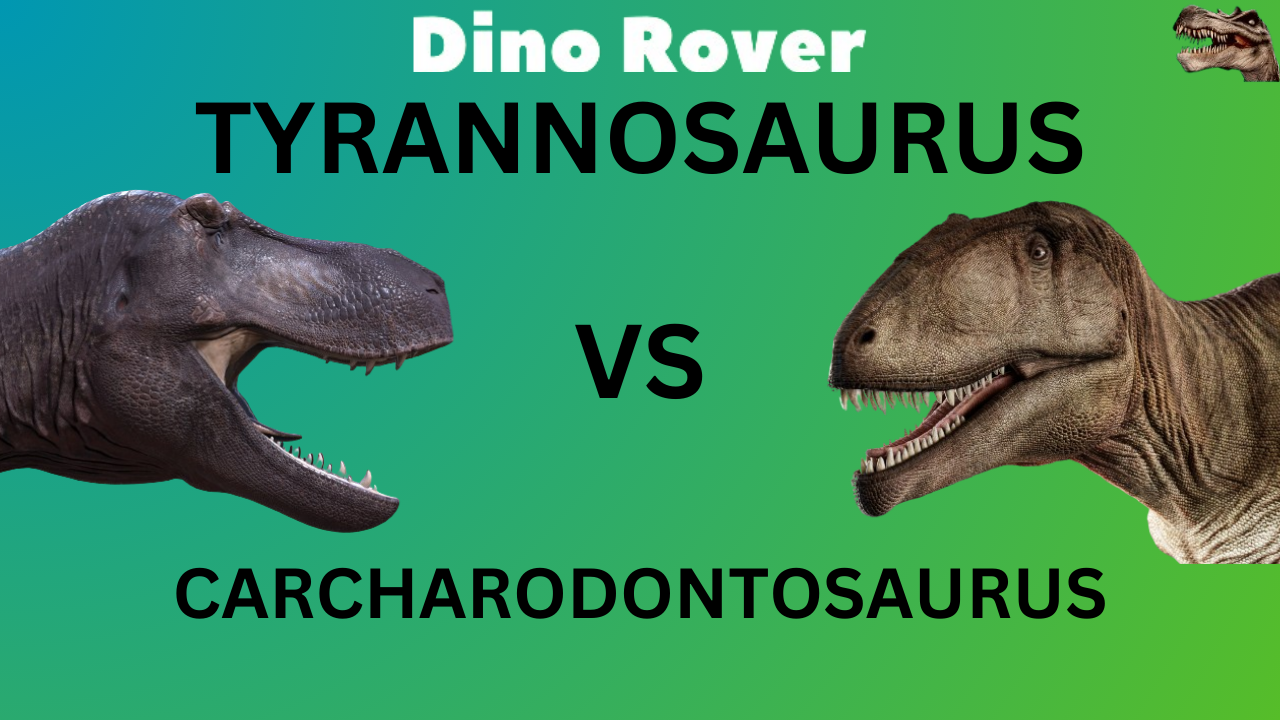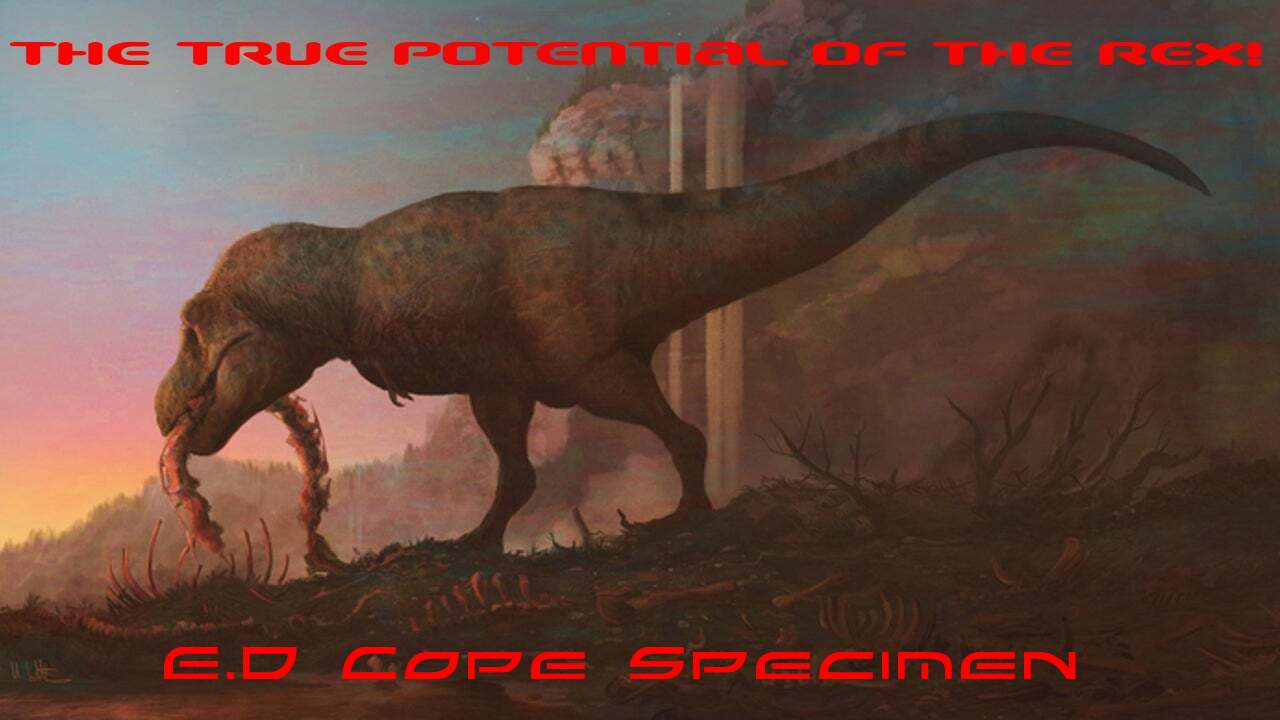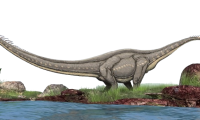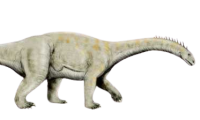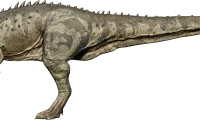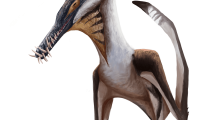Archives: Dinosaurs
Microvenator
Microvenator (meaning “small hunter”) was a small, fast-moving, lightly-built dinosaur that walked on two long legs. It was about 4 ft. (1.2 m) long and weighed roughly 6.5 to 14 pounds (3 to 6.4 kg). This turkey-sized predator had short arms, large eyes, a long neck, a small head, and a long snout tat may have had a toothless beak. Each hand had three long fingers, each equipped with a claw.
Zigongosaurus
Zigongosaurus was a large Chinese social herbivore that unconventionally didn’t lay eggs in nests. Lets discover more about its anatomy in this article about the mighty Zigong Lizard.
Vulcanodon
Vulcanodon was a big guy, about 20 feet long. It had a long neck, a lengthy tail, a small head, and some beefy legs and body to match. To add a little edge to its style, Vulcanodon sported nail-like claws on its feet and an extra-large claw on each of its big toes. Dive into the huge world of the Vulcanodon by reading this article about the Volcano Toothed Lizard.
Majungasaurus
Majungatholus atopus, or popularly known as Majungasaurus was a meat-eating dinosaur, a therapod. It was up to 30 feet (9.1 m) long and was at the top of the food chain in its locale. It probably ate sauropods, long-necked plant-eaters and other large dinosaurs.
Dsungaripterus
Dsungaripterus was a pterosaur with 10 feet (3 m) wide leathery wings. It had an unusual bony crest running along its snout and had long, narrow, curved jaws with a pointed tip.



